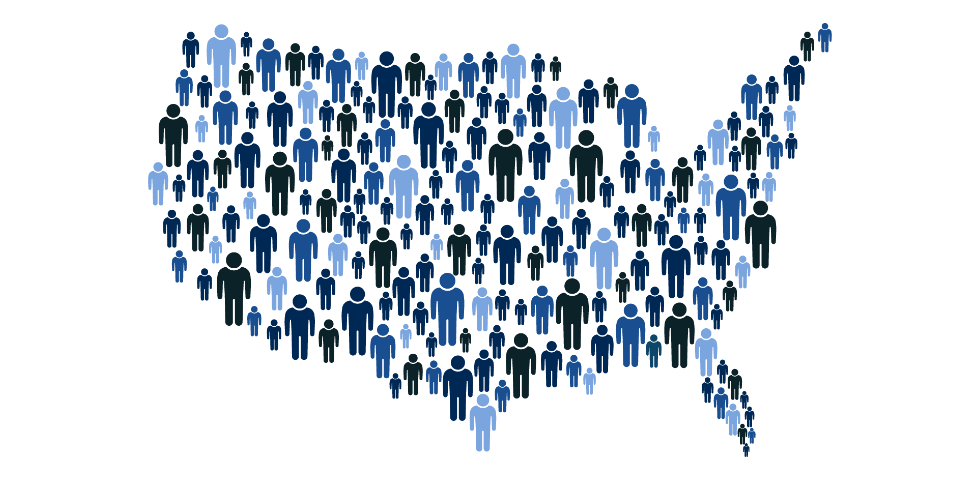Several states have implemented their own individual public disability benefit programs. Similar to Social Security Disability Insurance (SSDI), these programs require applicants to connect their inability to work to a mental or physical health condition(s), with supporting medical evidence. There are currently seven states across the country that offer state sponsored disability insurance: California, Hawaii, Illinois, Minnesota, New Jersey, New York, and Rhode Island, along with Puerto Rico. Each state has their own set of qualifications to receive state-mandated disability insurance:
- In the state of California, for eligible workers who need time off of work, short-term disability insurance and paid family leave (PFL) wage replacement benefits may be received.
- The Hawaii Temporary Disability Insurance (TDI) law was enacted in 1969, which allows disabled employers to provided partial “wage replacement” insurance coverage for non-work-related injuries, sickness, or pregnancy.
- In the state of Illinois, State Employees’ Retirement System Disability benefits can be paid for unemployment caused by a temporary disability or injury.
- In the state of Minnesota, benefits can be paid for unemployment caused by a temporary disability or injury.
- New Jersey state disability benefits are available for any illness, injury, or pregnancy not caused by employment that is keeping an employee from working.
- New York requires employers to provide disability benefits coverage to employees for an off-the-job injury or illness.
- In the state of Rhode Island, benefits payments are paid for weeks of unemployment caused by a temporary disability or injury.
- Lastly, Puerto Rico will provide up to 26 weeks of disability benefits for non-work-related disabilities.
How will state disability affect my SSDI claim?
Some workers who are eligible for SSDI benefits may already be receiving state disability insurance when they begin to apply for SSDI. While it is possible to receive both benefits, there are instances when both benefits cannot be paid in full for the same time. The Social Security Administration (SSA) may reduce any benefits they pay to a worker if they are also receiving state disability payments from California, Puerto Rico, or Rhode Island. For Social Security to properly process a SSDI claim, sufficient documentation of these payments may be required. Types of sufficient documentation include an award letter with expected amounts to be paid, a payment history with a breakdown of all payments received, or an exhaustion letter confirming all eligible benefits have been paid out.
At this time, SSA does not offset workers who receive state disability payments from the states of Hawaii, Illinois, New Jersey, New York, or Minnesota, but that may change. It is always best to provide proof of these benefits regardless to ensure that your SSDI benefits are processed both timely and accurately.
At Brown & Brown Absence Services Group, we are here to help you through the SSDI process, and we hope that having more knowledge on other types of benefits and how they will affect your Social Security Disability claim will ease the stress of starting the process when applying for SSDI. If you need more information regarding state disability benefits, please do not hesitate to contact our office or reach out to your local Social Security office for assistance.
Nothing in this post is intended as advice or a suggestion to elect or not elect to claim benefits of any kind, including Social Security benefits, nor is it intended as financial advice in any way. The decision to claim benefits is a personal one that is contingent upon each individual’s unique circumstances.




